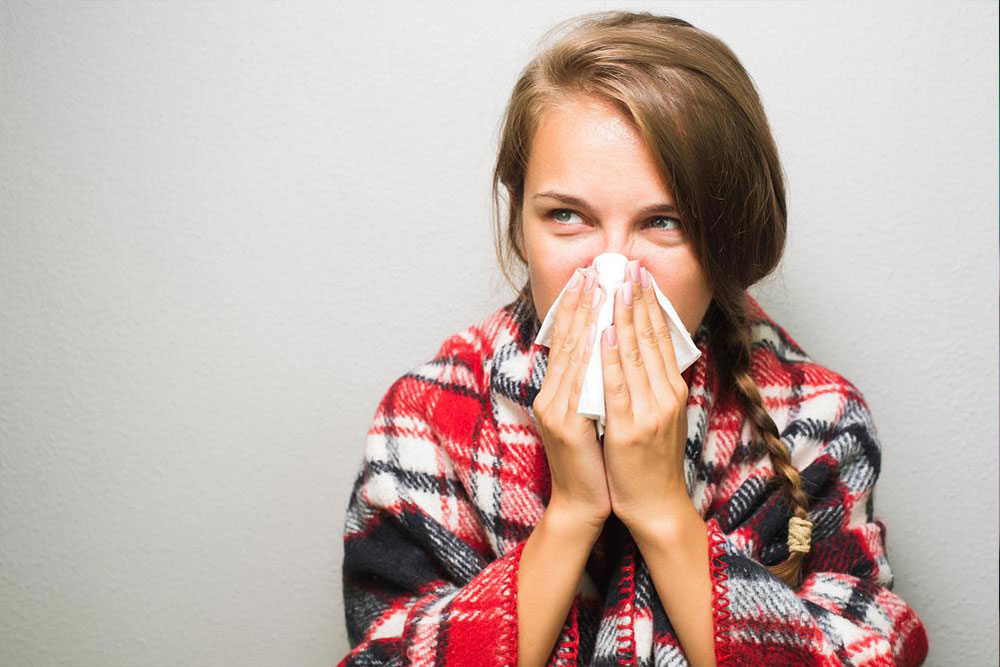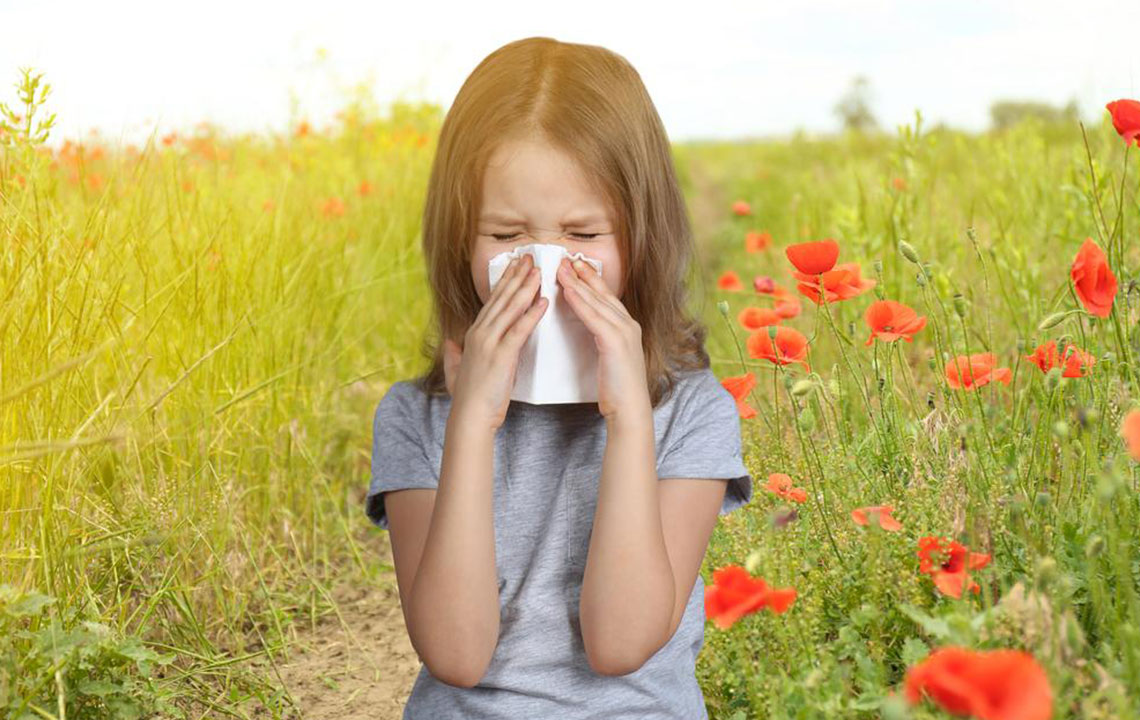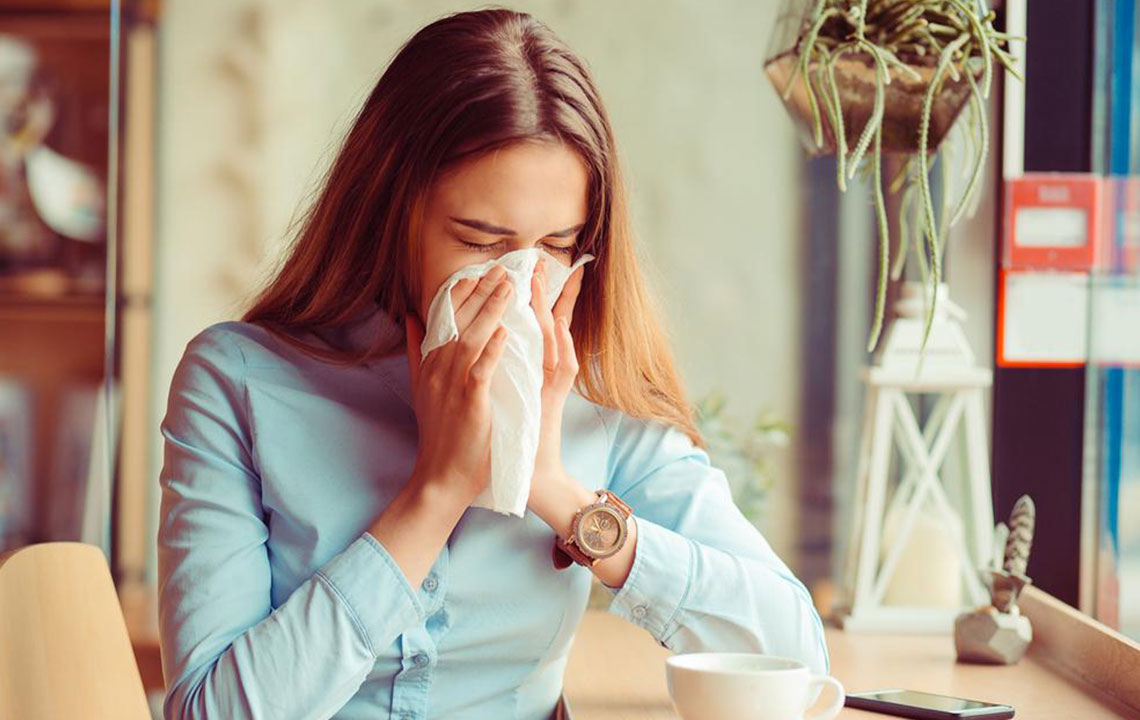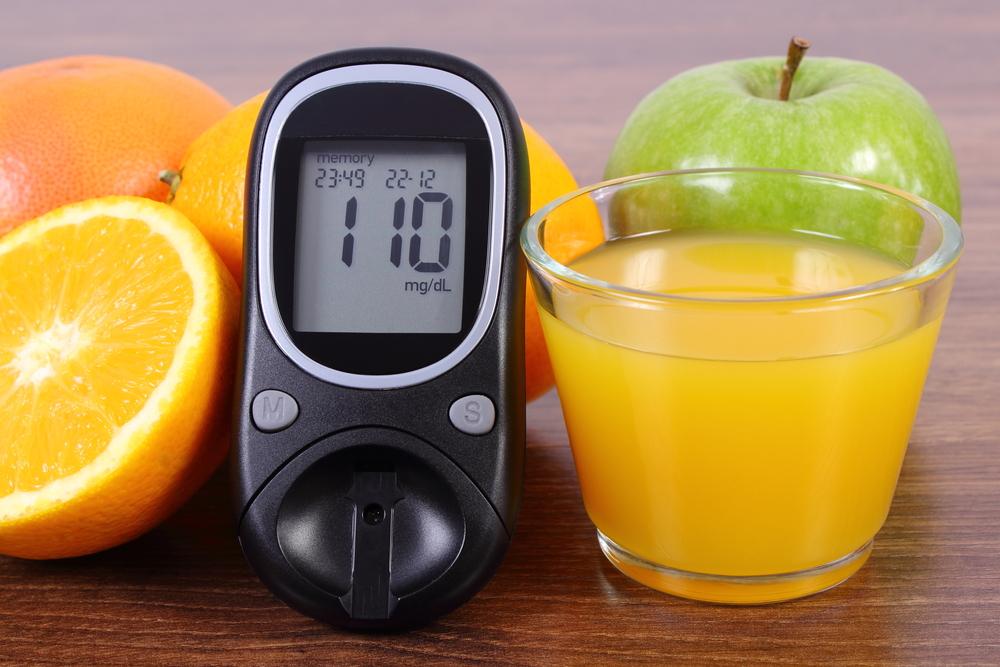Understanding Seasonal Allergy Triggers, Signs, and Treatment Options
Discover the key triggers of seasonal allergies, their symptoms, and effective treatment options. Learn how weather and plant types influence allergies and explore medications like antihistamines, nasal sprays, and immunotherapy. Consult healthcare professionals for tailored advice to manage allergy symptoms and improve quality of life during allergy seasons.
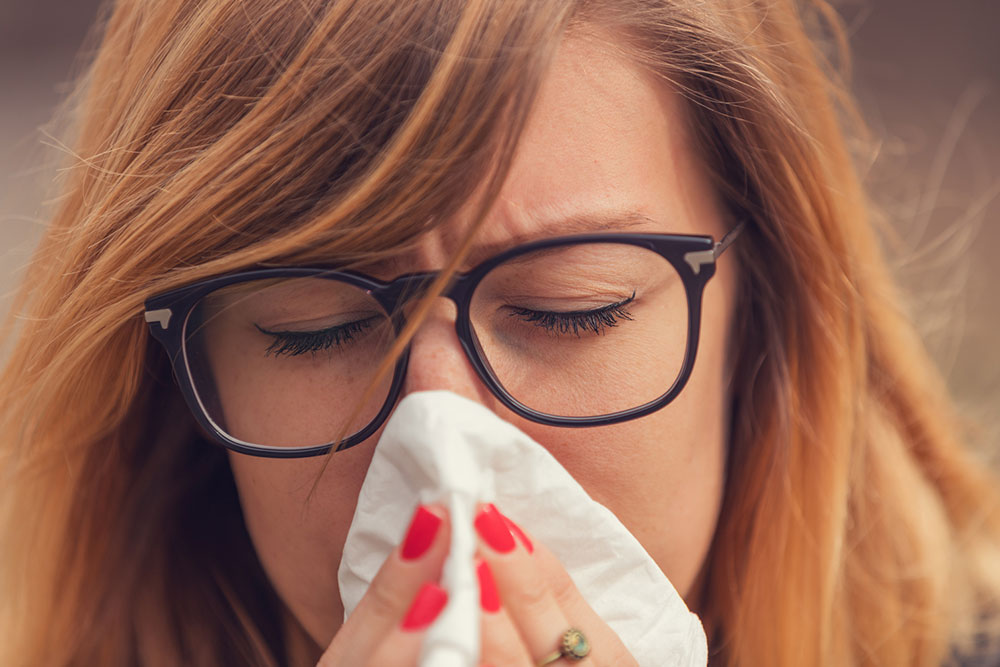
Understanding Seasonal Allergy Triggers, Signs, and Treatment Options
Approximately 8% of Americans experience allergies linked to specific seasons, states the American Academy of Allergy, Asthma & Immunology. These allergies happen when the immune system reacts intensely to outdoor allergens like pollen. Wind-pollinated plants such as trees, grasses, and weeds are primary sources of airborne pollen causing allergies. Insect-pollinated plants tend to be less problematic since their heavier pollen doesn’t stay airborne long. Pollen release varies by plant type and season, meaning multiple allergies may occur depending on location and triggers.
Identifying triggers is crucial when managing seasonal allergies. Common culprits include ragweed, especially prevalent along the East Coast and Midwest, which releases pollen from August to November. Other triggers include Burning Bush, Cocklebur, Lamb’s-quarters, Pigweed, Sagebrush, Mugwort, Tumbleweed, and Russian Thistle. Weather conditions also influence allergy severity; warm days with cool nights promote pollen growth, while mold thrives in heat and humidity. Pollen levels tend to be highest in the morning and can temporarily increase after rain.
Symptoms range from mild to severe, including sneezing, a runny or blocked nose, itchy or watery eyes, sinus irritation, and ear congestion. Spring allergies often cause watery eyes, sneezing, and dark circles. Less common symptoms include headaches, breathing difficulty, wheezing, and cough, especially in individuals with asthma, which can be exacerbated by allergens.
Effective allergy medications vary. Antihistamines are popular, available over-the-counter and in prescription forms, to block histamine reactions. They come in pills and liquids but may cause drowsiness, so caution is advised. Non-sedating antihistamines are also available. Nasal corticosteroids, sprayed into the nose, reduce inflammation and provide relief. Decongestants, available orally or as nasal sprays, help alleviate nasal congestion but should be used short-term to avoid rebound effects. Immunotherapy, including allergy shots or tablets, trains the body to tolerate allergens, offering long-term relief. This treatment involves initial regular injections or daily tablets before the season starts, complementing other medications.
If symptoms interfere with daily life, consult a healthcare professional to diagnose and develop an effective treatment plan. Following an allergy management strategy and avoiding known triggers can significantly reduce discomfort during allergy season.

